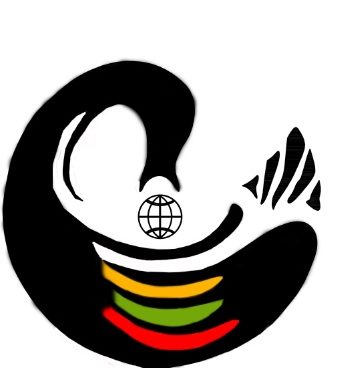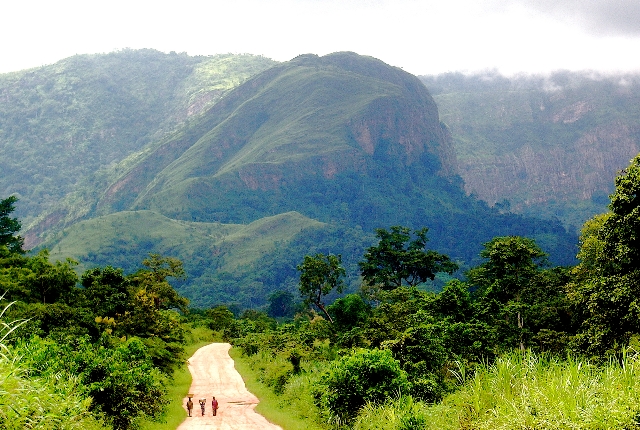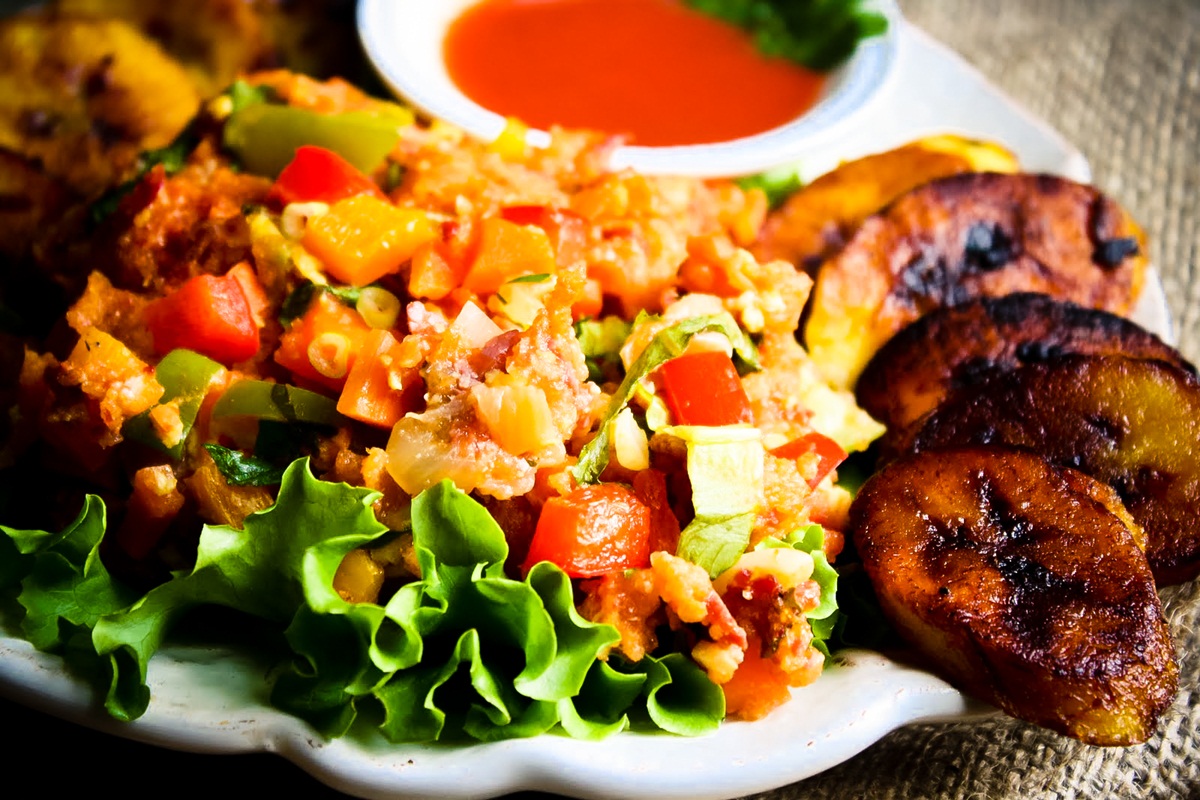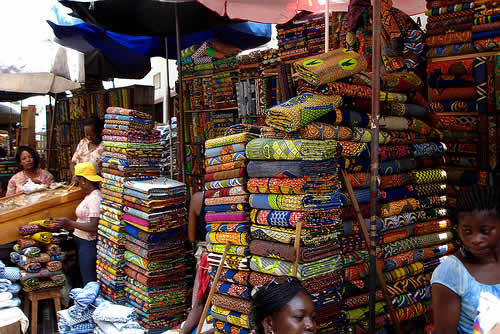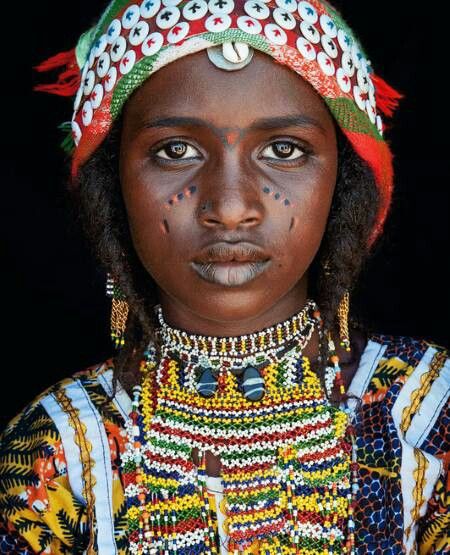Togo is located in western Africa. Lomé, the capital, is located in the southwest of the country and is the largest city and port. From its 32-mile (51-km) coastline on the Gulf of Guinea, Togo extends northward for about 320 miles (515 km) between Ghana to the west and Benin to the east to its boundary with Burkina Faso in the north. The population of Togo is made up of about 30 ethnic groups, many of whom are immigrants from other parts of western Africa. The groups indigenous to Togo live in the north and southwest. The northern groups include the following Gur-speaking peoples: the Gurma; the Natimba, Dye, and Konkomba; the Tamberma; the Basari; the Moba; the Losso (Naudem); the Kabre and Logba; and the Lamba (Namba); a small number of Atlantic-speaking Fulani; and the Kebu (Akebu). The Ewe, who emigrated from Nigeria between the 14th and 16th century, form the major ethnic group. There are also some scattered Yoruba, mainly Ana. Almost half of the population is Christian, many of whom are Roman Catholic, although there are also substantial Protestant, independent, and other Christian communities. Among the smallest countries in Africa, Togo enjoys one of the highest standards of living on the continent owing to its valuable phosphate deposits and a well-developed export sector based on agricultural products such as coffee, cocoa beans, and peanuts. Mining and quarrying dominate industry in Togo. Phosphate is the major mineral resource and one of the country’s leading export items. Like other African peoples, the Togolese have a strong oral tradition. Little has been done, however, to promote vernacular literature. Before independence there were a few Togolese writers using French. Since independence, regional (especially Ewe) literature emerged with the works of several novelists and playwrights.
Things to Do:
Visit Lome Cathedral
Visit the Voodoo Market Marche Aux Fetiches
Visit the beaches of Agbodrafo
